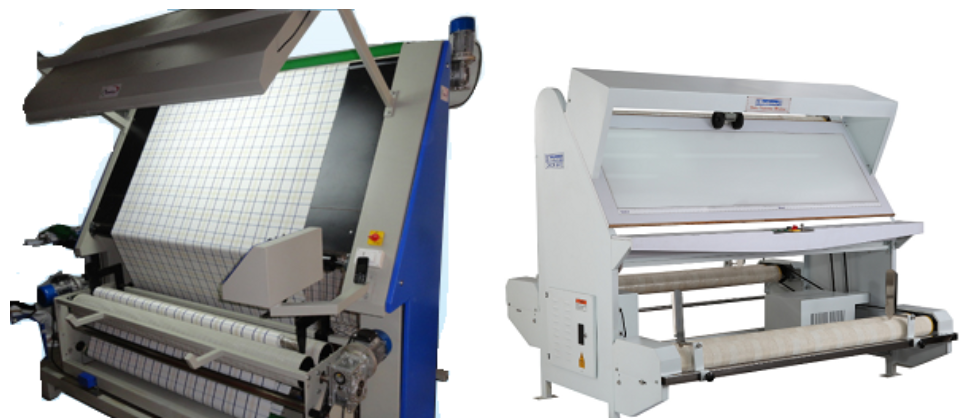
The fabric checking process is performed in fabric mills where fabrics are woven. Secondly, fabric checking is done in a garment manufacturing factory, where fabric is used for cutting garment parts. Here, we will see how you can find defects with respect to a garment manufacturer.
It is often found that fabrics received from mills and power looms have some kind of flaws. These defects need to be rectified and separated from quality fabrics. The fabric portion that has defects on it can be split out from the fabric roll. After splitting the defective potion, you can use the rest fabric as a good one. But this quick solution to defects would depend on various factors.
Before you start fabric inspection, you need to understand the following thing regarding woven fabric –
- Woven fabric types, and their properties
- You need to know the standards of woven fabrics based on which you will check the fabric and consider which one is a real defect and cannot be expected.
- You need to know different types of defects in woven fabrics.
- Equipment used for finding defects in woven fabric
- Finally taking a decision on fabric defects and fabric approval (Pass or Fail)
Here, I have briefly explained the above points.
1. Know woven fabric types and their properties:
Depending on the weaving design fabrics are categorized into different types. Like plain weave, matt weave, twill weave, jacquard weave. Depending on the loom types used for manufacturing the fabric quality depends on it. Fabric made in power looms and mills come with different quality levels.Further it also depends what kind of yarns is used for making the fabric that you need to check. For filament yarn (man-made fibre), there are less defects. In case of cotton and other spun yarns made fabrics, you may get higher defects.
So as a fabric checker or fabric quality controller, get training on fabric properties and different types of fabrics.
2. Know the standards of the woven fabric
Whenever it comes for checking woven fabrics, you must have the fabric standard for quality checking for comparing and deciding good quality.When you check and measure the fabric defects, you can understand which are real defects, which defects are critical, and which kinds of defects are not acceptable as per standards set up by your buyer (on generic fabric quality standards).
3. Learn about the different types of defects found in woven fabrics.
The common defects found in woven fabric include holes, slubs, shade variation, missing weft yarn. For printed and dyed fabrics, you can expect additional defect types. Check the complete list of defects found in woven fabrics.As a fabric checker, one must have complete knowledge of fabric defects.
Prepare a defect swatch card of fabric defect mocks and display it near the fabric checking station. You can conduct training for the fabric quality checkers on identifying defects and knowing the correct defect name.
Check this page for a list of woven fabric defects list.
4. Equipment used for finding defects in woven fabric:
Accuracy of the defect checking and checking speed depend on the equipment that you use. Normally for visual fabric checking is performed using a fabric checking machine where the machine draws the fabrics on the tilted table, having light from the top and bottom of the fabric sheet. The fabric checker checks the fabric surface and marks the defects or/and stick and sticker.5. Mark the fabric as Passed/Failed
During fabric checking, you capture defect counts by defect types. At the end of the checking a fabric roll or the fabric lot, summarise the checking report. Based on the inspection systems, you decide whether the checked fabric is acceptable for the following process or not.In another article, I have explained the 4 point fabric inspection system. This fabric inspection system is majorly used for checking fabric by apparel manufacturing. That explains the method of checking and calculation method of penalty point in a checked fabric.
There are other fabric inspection methods like 10 point system fabric inspection and Dallas system fabric inspection, etc.
There are other fabric inspection methods like 10 point system fabric inspection and Dallas system fabric inspection, etc.
